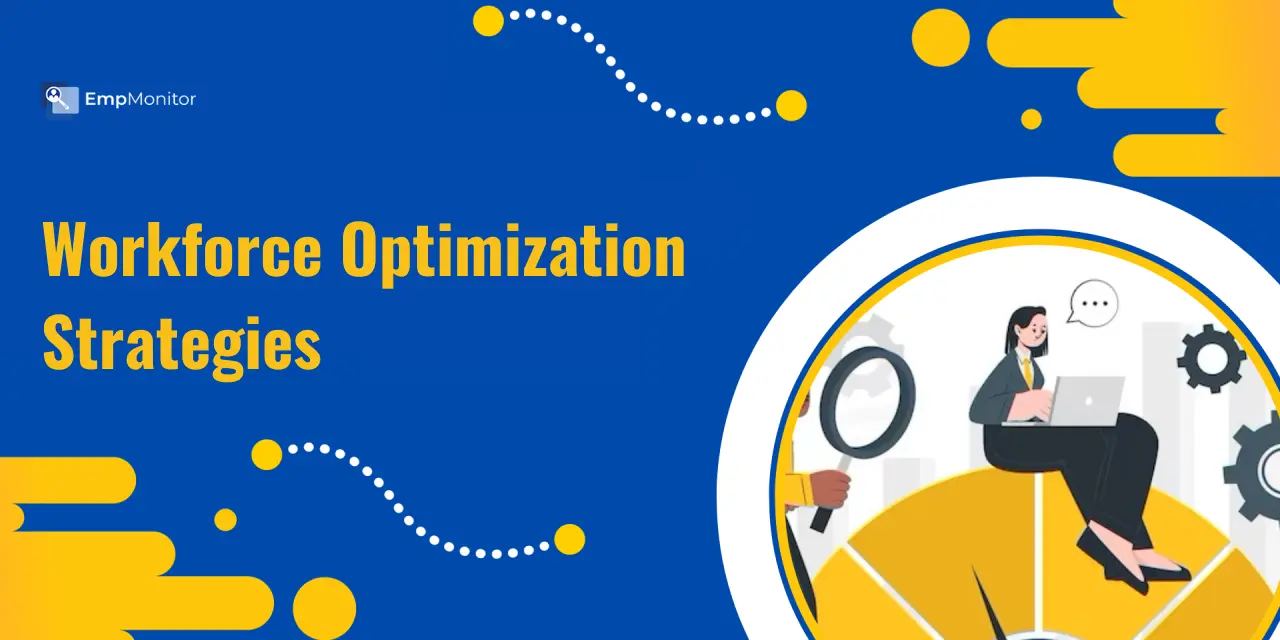Enhancing Customer Service with Workforce Optimization
Enhancing Customer Service with Workforce Optimization
Blog Article
Workforce Optimization: Aligning Talent with Business Goals
In the fast-paced world of retail, performance is key. Merchants constantly end up balancing customer care with functional costs. Among the most truly effective ways to make this happen balance is through workforce optimization. This process not merely enhances productivity but additionally ensures workers are engaged and motivated. In this article, we'll discover the most effective techniques for workforce optimization in retail, providing sensible methods that can help stores maximize their potential.
Leveraging Engineering for Scheduling
Powerful scheduling is the backbone of workforce optimization. Modern scheduling application may estimate busy periods using old information, ensuring that the proper number of team are available when needed most. That reduces both overstaffing and understaffing, leading to higher customer care and decreased work costs. Suppliers should invest in effective arrangement systems to improve that process.

Instruction and Development
Buying worker training and growth is crucial for workforce optimization. Well-trained personnel are more efficient and greater equipped to deal with many different tasks, from customer support to stock management. Regular instruction periods keep skills sharp and add new practices or systems that will further enhance productivity.
Real-Time Information Usage
Utilizing real-time data can somewhat improve workforce optimization. By monitoring income, foot traffic, and employee performance in real-time, managers will make educated choices on-the-fly. That agility permits immediate changes, ensuring that assets are employed efficiently and effortlessly at all times.
Employee Proposal
Engaged personnel are more successful and less likely to leave. Merchants should give attention to making a good work place, offering competitive wages, and knowing employee achievements. Typical feedback periods and options for job improvement may also boost well-being and lower turnover rates.
Cross-Training Staff
Cross-training workers to deal with numerous functions may significantly increase workforce flexibility. That practice ensures that staff may cover for every different all through maximum occasions or absences, maintaining easy procedures without the necessity for extra hires. In addition, it maintains the day varied and interesting for workers, which could improve job satisfaction.

Implementing Efficiency Metrics
Apparent performance metrics help in assessing the performance of workforce optimization strategies. Metrics such as income per hour, customer care results, and inventory turnover costs provide valuable ideas in to employee production and over all store performance. Regularly researching these metrics allows managers to identify areas for development and apply required changes.
Conclusion
Workforce optimization is a complex approach that includes technology, instruction, data usage, and worker engagement. By adopting these most useful practices, stores may not only improve functional performance but additionally produce a more encouraged and effective workforce. This balance fundamentally brings to raised client experiences and improved profitability. Begin utilizing these methods nowadays to uncover your retail potential.
Report this page